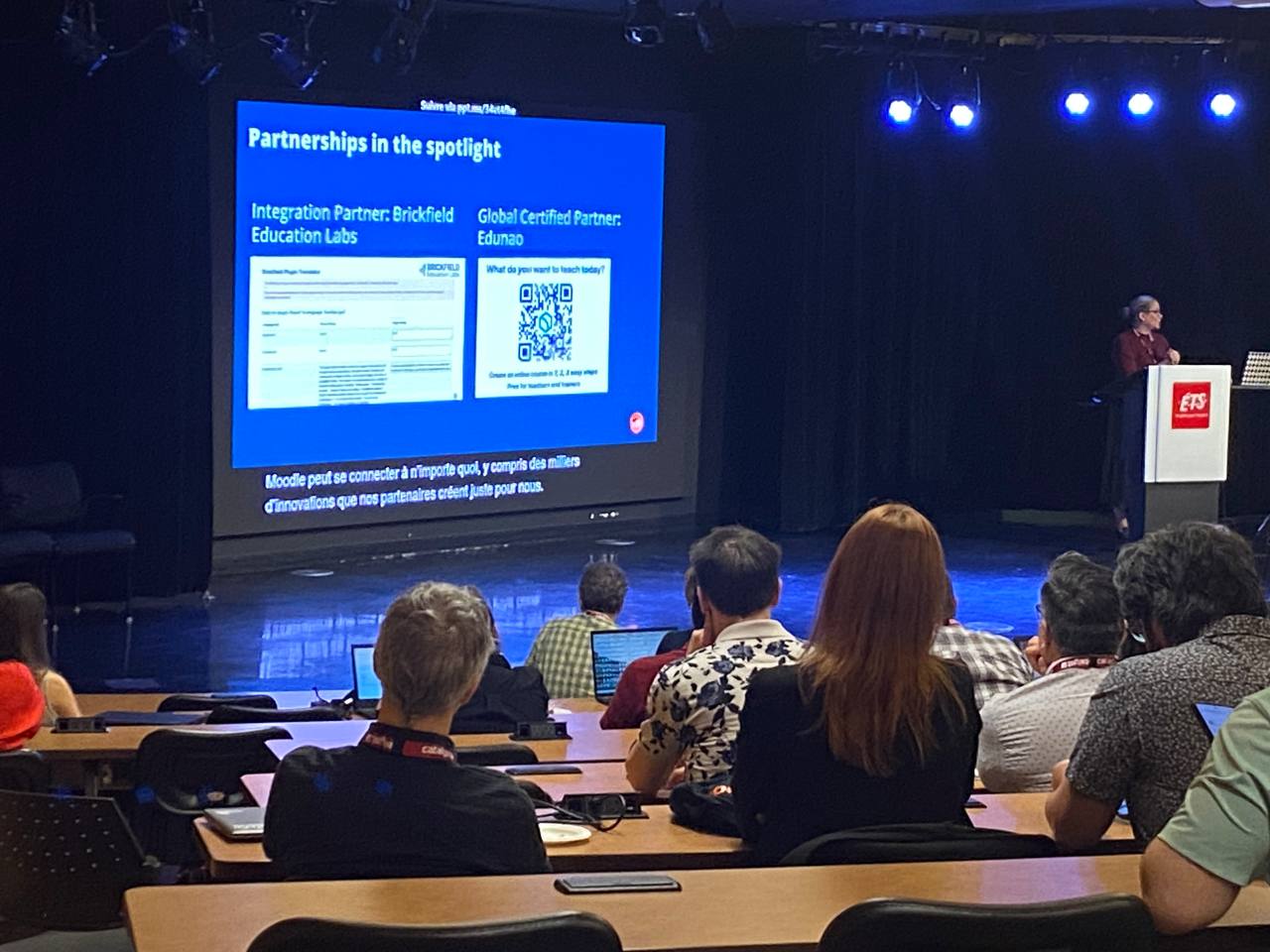5 Insights from WebAIM’s Screen Reader Survey

Introduction
WebAIM.org hosts an online community for tech developers, users and webmasters who share a common goal to make the web more accessible for individuals with disabilities.
In June 2021, WebAIM published a survey uncovering the current preferences of screen reader users. This is a follow-up to a series of 8 surveys on the same topic starting in 2008.The survey received 1,568 responses from participants around the world, the majority demographic being from North America (57.7%), Europe (23.5%) and Asia (8.2%).
In this post, we’ll discuss 5 survey findings that stood out to us and how understanding these user preferences can help to enhance the accessibility of your user experience.
Why is it Important?
As the W3C states, “people with disabilities access and navigate the Web in various ways, depending on their individual needs and preferences”.
Screen readers are assistive technology used to read aloud web pages, screen magnifiers for people with some types of low vision and voice recognition to assist people who cannot use a keyboard or a mouse.
For web content and design to be deemed accessible, the ease of access for assistive technology such as screen readers must be considered. Therefore, studies such as the WebAIM survey help to voice users’ needs and preferences to indicate what works and what needs improving.
Our 5 Survey Picks
Standard of web accessibility
“Which of the following best describes your feelings regarding the accessibility of web content over the previous year?”
39.3% of participants feel that web content has become more accessible in the past year. However, 42.3% say there have been no changes made to web content accessibility. 18.5 % of screen reader users state web content has become less accessible since 2020.
As we know from working with our clients, improving accessibility is a journey rather than an instant jump. So, it is good to see that nearly 40% feel things are improving. However, seeing that 20% is disappointing and signifies room for improvement.
Page navigation
“When trying to find information on a lengthy web page, which of the following are you most likely to do first?”
A whopping 67.7% of screen reader users surveyed explore lengthy web page content by following headings. Overall, these findings reflect the importance of proper heading structures. 85.7% of respondents find heading levels very or somewhat useful.
Using heading elements to differentiate titles from text in a clear hierarchical form allows screen readers to provide an instant overview and content navigation for users. Yet we find that many online courses “fake” headings with bold, all caps and increased font size instead of using the heading tags.
Operating systems
“What operating system are you on when using your primary desktop/laptop screen reader?”
Windows tops the list! 91.1% of respondents prefer Windows as the main operating system for their primary screen reader. However, those without disabilities were almost 4 times more likely to use Mac OS than those with disabilities.
This finding does not come as a total surprise. In June 2021, Statista noted Microsoft’s Windows as the most widely used desktop operating system, with a 68.54% share of the desktop, tablet, and console OS market.
Concerning screen reader users, WebAIMs previous survey from September 2019 found Windows’ own free screen reader NVDA, took the lead over JAWs as the most popular primary screen reader for 40.6% of participants against 40.1%.
However, WebAIM’s latest June 2021 findings place JAWS as the most widely used screen reader service. 53.7% of participants use JAWS compared to 30.7% using Windows NVDA.
Mobile devices
Do you use a screen reader on a mobile device?
90% of surveyed screen reader users use screen readers on their mobile devices. WebAIM also notes this number has increased over the last 12 years. They also note that participants with disabilities (91.6%) are more likely to use a mobile screen reader compared to individuals surveyed without disabilities (71.4%).
Global News Wire predicts mobile learning to remain as one of the fastest growing markets. Mobile learning has maintained a steady 20% growth rate since 2015, not to mention its rapid growth during the COVID-19 pandemic.
Accessible document formats
“Which document format do you find most accessible?”
Word was regarded as the most accessible document format amongst the surveyed screen reader users. 68.9% of participants rank Word as the best for accessibility. The remaining formats were ranked as follows: PDF (12.9%), EPUB (10.6%) and Other (7.5%).
At our recent Accessible Content for Moodle conference, many speakers remarked on their disinclination towards PDFs as chosen file formats.
Alistair McNaught from McNaught Consultancy spoke about PDFs during his presentation. Alistair stated “there is no doubt a PDF can be wholly accessible and a wholly accessible PDF is a joy to use; however, they cannot easily be wholly accessible.”
The Brickfield Enterprise Toolkit offers an automated document conversion feature. This allows learners to convert files into alternate, more accessible formats such as converting a PDF into a Word document as well as eBooks, audio files, and braille format.
Get a full breakdown of the features of the Brickfield Accessibility Toolkit in this blog post by Moodle HQ.
Takeaways
Overall, learning from user preferences and technology usage can help to point us in the right direction for ensuring that accessibility standards are put into practice. This is a step towards providing all users with a first-rate digital experience on the web.
From the survey results, we can celebrate that most participants agree that accessibility standards are improving (39.3%), signifying a move in the right direction!
If you are interested in finding out more, Check out our blog post ‘Every Student Deserves a First-Rate Digital Experience on the web’.


